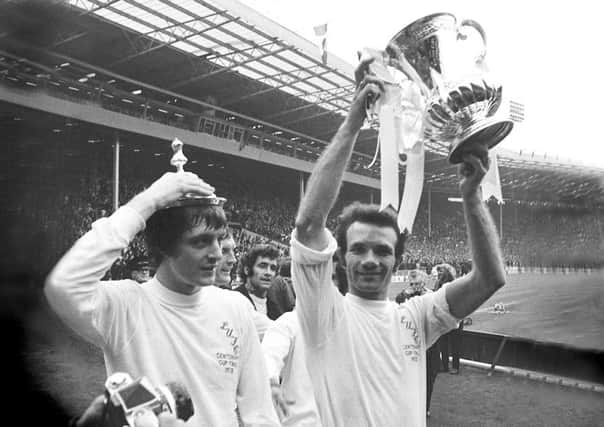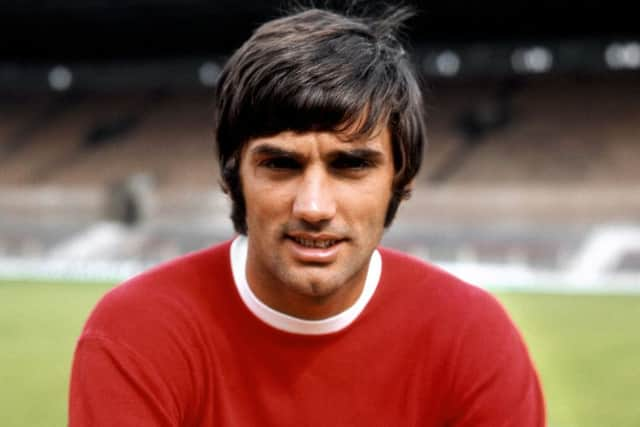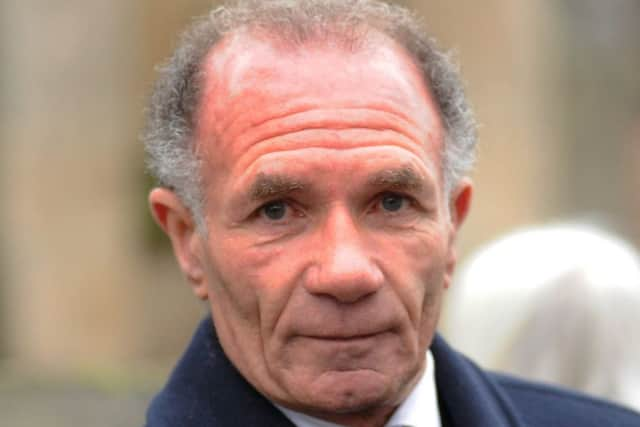Leeds United Nostalgia: Reaney was the Best according to legend George


But when it comes to football, of course, that notion couldn’t be further from the truth.
There are a handful of men whose words mean more than any others, a Supreme Court of footballing history into which only the very, very best are sworn into. When they speak, the footballing world hangs on their every word.
Advertisement
Hide AdAdvertisement
Hide AdOn the subject of the best defenders they ever came up against, this Supreme Court is split; Pele plumped for Bobby Moore, Johan Cruyff for Franz Beckenbauer and Diego Maradona for Franco Baresi.


Along with a lesser-known Real Madrid player known as Sanchis, George Best placed his vote in favour of Paul Reaney, who turns 74 today.
It’s quite an accolade for a player who, outside of an LS postcode, has never attracted the sort of adulation his career deserved.
The man lovingly nicknamed ‘Speedy Reaney’ by the Elland Road faithful retired as the third-highest Leeds United appearance holder, with 750, behind only Billy Bremner and Jackie Charlton.
Advertisement
Hide AdAdvertisement
Hide AdHe was the unsung man of the famous Leeds team of the sixties and seventies, an indispensible oar on the good ship Revie.


Unassuming and honest, Reaney was blessed with incredible athletic ability that, when doubled with the uncompromising attitude that came to define the side, created a tour de force at full-back. Simply put, he was one of the best defenders to have ever played for the Whites.
He’s very much the forgotten man on a number of levels. Any pub quiz bore worth their salt will tell you that Viv Anderson will earn a point when asked of the first black player to play for England, but in reality, it is Reaney who has a right to stake that claim.
Reaney was mixed-race, but in similar manner to the more well-known story of Ryan Giggs, he didn’t appear it to many. He played three matches for England a decade or so before Anderson.
Advertisement
Hide AdAdvertisement
Hide AdFittingly, Reaney’s was an important but undervalued role in British football’s battle against racism.
Having moved from the south as a teenager, the full-back trained as a mechanic before Don Revie took him on as an apprentice.
He became a first team regular at the age of 18 and never looked back, winning just about everything a player could win, aside from the European Cup so cruelly snatched away from Leeds in 1975.
Together with Norman Hunter, his was one of the most fearsome defensive halves in the history of English football.
Advertisement
Hide AdAdvertisement
Hide AdAs with so many of the ‘Super Leeds’ charges, it was a travesty that his achievements weren’t better rewarded on the international stage.
Just three England caps for a player regarded as one of the most dependable players of his generation is a strange anomaly, although he would have been selected for the 1970 World Cup had it not been for a broken leg. He left Leeds United on a free transfer in 1978, going on to play for Bradford City and in Australia.
And Reaney on Best? Speaking to Brian Moore in a rare 1980s interview, he said: “George was one the most skilful players in the world, he was a real wizard on the ball. But I enjoyed playing against George; we had a mutual respect for each other although we never really talked to each other.
“I was blessed with speed and kept at him for the full 90 minutes making life tough for him; and when he did get past me there was Norman Hunter covering. Life was never easy for George when he played against Leeds.”